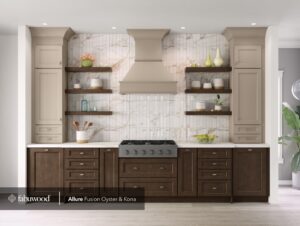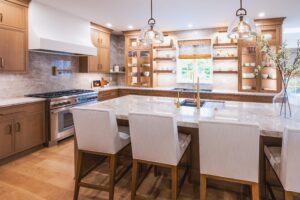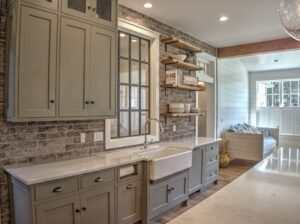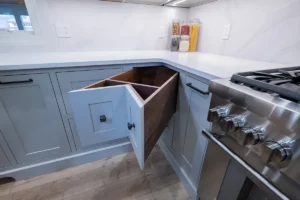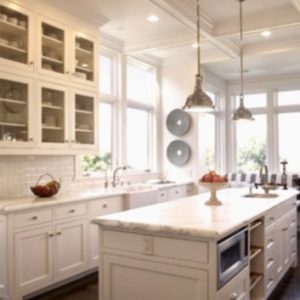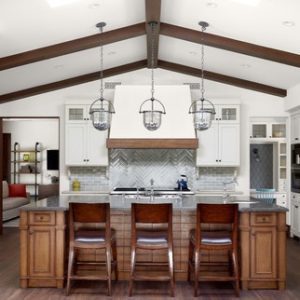Open Shelving or Cabinets — Which is Better?
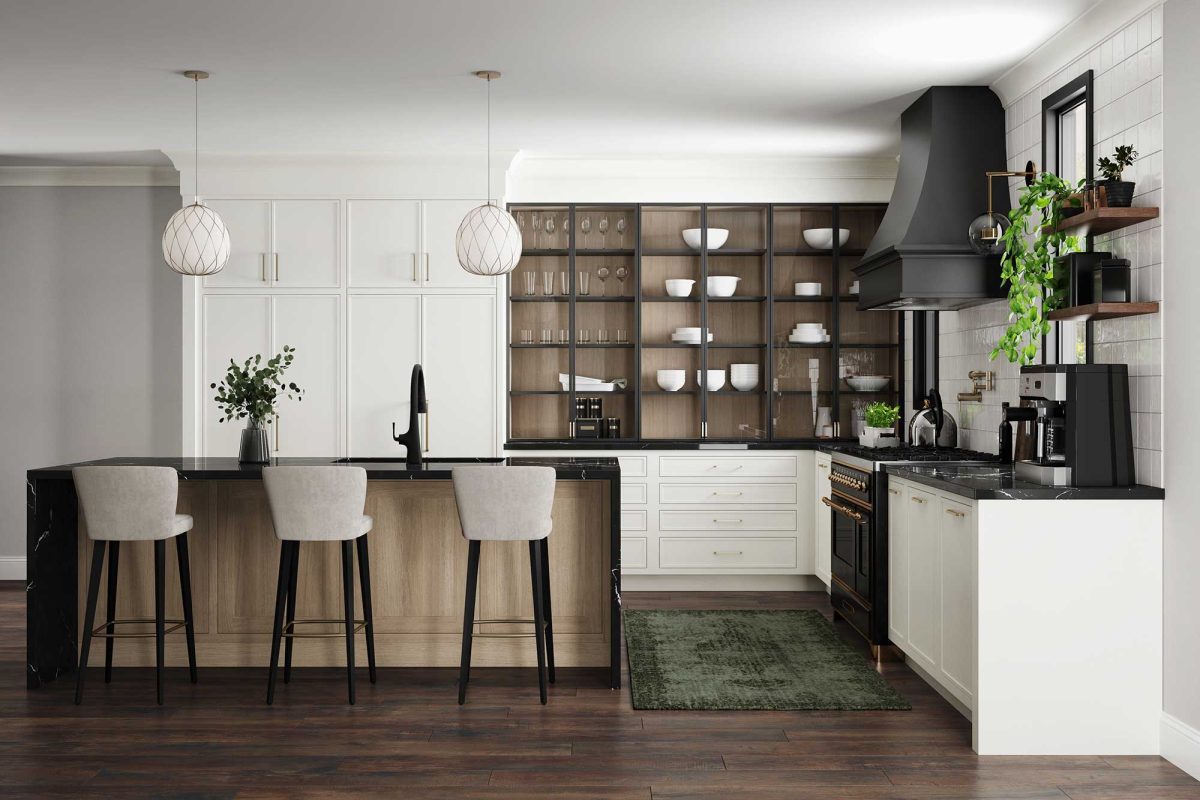
Open shelving or cabinets—it’s a design dilemma that homeowners often face when renovating or building a kitchen. Both storage styles have their benefits and drawbacks, and choosing between the two goes beyond aesthetics. This decision can shape the personality, practicality, and even the resale appeal of your space. Before you decide, it’s worth understanding the nuanced pros and cons of each option to determine which is best suited for the way you live.
Pros of Open Shelving
Open shelving invites airiness. It visually expands the kitchen, making it feel more spacious, even when square footage is limited. The lack of bulky upper cabinets removes visual barriers, allowing light to flow more freely.
Functionally, open shelves encourage accessibility. Everyday essentials—plates, bowls, glasses—are always within arm’s reach. This setup also speeds up routine tasks and proves especially handy when entertaining guests who can easily help themselves.
Aesthetically, open shelving gives homeowners a chance to curate. Cookbooks, ceramic bowls, heirloom tea cups—these elements become part of the décor. With the right styling, shelves become as much a design feature as they are storage.
Material and installation costs can also be lower. Compared to fully enclosed cabinetry with doors, hinges, and interior fittings, open shelves are often simpler and more economical to build and install.
Cons of Open Shelving
But, open shelving comes with some caveats. Dust and grease can pose a problem. Without doors to shield them, your dishes are exposed to airborne particles, especially near cooking zones.
There’s also the visual pressure to keep things tidy. Open shelving showcases everything and without careful organization, a shelf can quickly turn from stylish to cluttered.
Weight limits are another concern. Heavy cookware or large platters may not be safe on open brackets or wall-mounted boards. Open shelving demands selectivity—both in what you store and how much of it.
And while shelves can be charming, they may not provide the same volume or security of storage that traditional cabinets offer, especially for hidden clutter or infrequently used items.
Spaces Where Open Shelving Works Best
Open shelving thrives in light-filled, modern, or transitional kitchens. In smaller homes or city apartments, they provide visual relief from bulky cabinetry and help maximize wall space.
Homes that embrace a relaxed, lived-in look—think farmhouse, coastal, or Scandinavian interiors—often benefit from the warmth and personality that open shelves deliver. These spaces celebrate simplicity and function with a touch of charm.
They also work best for homeowners who maintain a minimalist mindset or enjoy curating their kitchen displays seasonally. If you gravitate toward order, uniform dishware, or decorative kitchen elements, open shelving will complement your style beautifully.
Pros of Cabinets
Cabinets are the tried-and-true standard for a reason. Their primary advantage is concealed storage. Whether it’s mismatched mugs, half-empty cereal boxes, or that one oddly shaped appliance you use twice a year—cabinets hide it all.
They offer structure and organization. With adjustable shelves, drawers, and pull-outs, cabinets provide customizable compartments for just about everything, from spices to stockpots.
Cabinets also protect. Their doors guard against dust, light exposure, and kitchen grime, helping preserve the cleanliness and longevity of your items.
Design-wise, cabinets offer versatility. From flat fronts to raised panels, painted finishes to wood stains, cabinetry can be tailored to suit traditional, modern, or blended aesthetics. Custom cabinetry also allows for added features such as soft-close hinges, integrated lighting, or interior organizers.
Cons of Cabinets
On the downside, cabinets can feel heavy in smaller or poorly lit kitchens. Especially when upper cabinets dominate the walls, they can make a space feel closed-in.
Custom cabinetry can also come with a higher price tag. Quality materials, professional installation, and specialty finishes quickly add up, making cabinetry one of the most significant investments in a kitchen remodel.
Cabinets may hide mess, but they can also encourage it. Out of sight doesn’t always mean out of mind, and it’s easy for disorganization to build up behind closed doors.
In some layouts, especially those striving for openness and flow, a wall of solid cabinetry can disrupt the visual harmony of the space.
Spaces Where Cabinets Work Best
Cabinets shine in homes that prioritize function and order over display. Larger families or avid cooks benefit from the storage volume and organizational potential that cabinets provide.
Traditional and transitional kitchens lean heavily on cabinetry to anchor their aesthetic. In these spaces, cabinetry contributes to the architectural detailing and visual rhythm of the room.
Cabinets are also a practical must for homes with busy lifestyles. If you’re juggling multiple schedules, meals on the go, or school-age children, the ability to tuck away clutter and close the door on it has strong appeal.
And in homes where resale value is a consideration, cabinets often signal quality and permanence to potential buyers—especially when custom features or craftsmanship are involved.
Open Shelving or Cabinets—Ask Laslo!
Still unsure whether open shelving or cabinets are right for your home? That’s where Laslo Custom Kitchens comes in. Our expert design team has been guiding homeowners through these decisions for decades. We understand that lifestyle, layout, and lighting all influence which choice will work best for your space.
From initial consultation to final installation, Laslo Custom Kitchens delivers full-service kitchen remodeling that integrates beauty with function. Whether you’re dreaming of sleek floating shelves or handcrafted cabinetry with architectural detail, we can help you weigh the options and create a kitchen tailored to you.
Contact us today to schedule a consultation. We’re standing by to help you decide: open shelving or cabinets?
Conclusion
When it comes to choosing between open shelving or cabinets, there’s no one-size-fits-all answer. Each offers unique advantages, and each presents specific challenges. Ultimately, the right solution lies in your lifestyle and how you use your kitchen. A thoughtful blend of both—open shelves for style and accessibility, cabinets for function and order—is often the most satisfying path.
Further Reading
- “Our Best Kitchen and Bathroom Remodeling Ideas”
- “What is a Kitchen Mood Board?”
- “Customer Testimonials: 5-Star Kitchen Reviews for Laslo Custom Kitchens”
FAQ: Open Shelving or Cabinets?
1. Is open shelving cheaper than cabinets?
Yes, open shelving is generally more affordable than traditional cabinets because it requires less material and labor. Without doors, hinges, or complex fittings, shelves are quicker to fabricate and install. However, the final cost depends on the shelf material, hardware, and design. Custom wood shelves, for example, may rival cabinet pricing depending on craftsmanship.
2. Do open shelves make a kitchen look bigger?
Open shelves create the illusion of more space by eliminating visual barriers. Without cabinet doors, your eyes can travel freely across the room, making tight kitchens feel more expansive. This works especially well in small or galley-style kitchens where every inch of openness can enhance the room’s perceived scale and brightness.
3. Are open shelves practical in a busy kitchen?
Open shelves can work in a high-traffic kitchen, but they require discipline. They’re ideal for storing everyday items you use and clean often—like plates, glasses, and mugs. If your kitchen sees constant cooking and activity, you’ll need to stay on top of dust and grease buildup to keep shelves looking fresh and functional.
4. Can you mix open shelving with cabinets?
Yes, combining open shelving with cabinets can strike the perfect balance between function and style. Use shelves to showcase attractive items or for easy-to-grab essentials, while cabinets handle hidden storage. This mix adds visual interest and flexibility, allowing you to personalize your kitchen layout without sacrificing storage or practicality.
5. What are the downsides of replacing cabinets with shelves?
Replacing cabinets with shelves reduces enclosed storage, which may lead to clutter or exposure to dust and kitchen residue. Items need to be neatly arranged, and heavier cookware might not be supported safely. It’s a stylistic shift that works best for organized homeowners who don’t mind maintaining a visually curated setup.
